We're on a collision course with the Andromeda Galaxy - here's what will happen to Earth
Far from city lights, on a clear night, this is what the night sky on Earth looks like today. During certain times of the year, you can see the Andromeda Galaxy, circled below, next to the bright band of our own Milky Way:

Right now, Andromeda is about 2.5 million light years away. But when it collides with our galaxy in less than 4 billion years, it will enter into a cataclysmic dance lasting billions of years that will rip both it and the Milky Way apart to form a brand new galaxy.
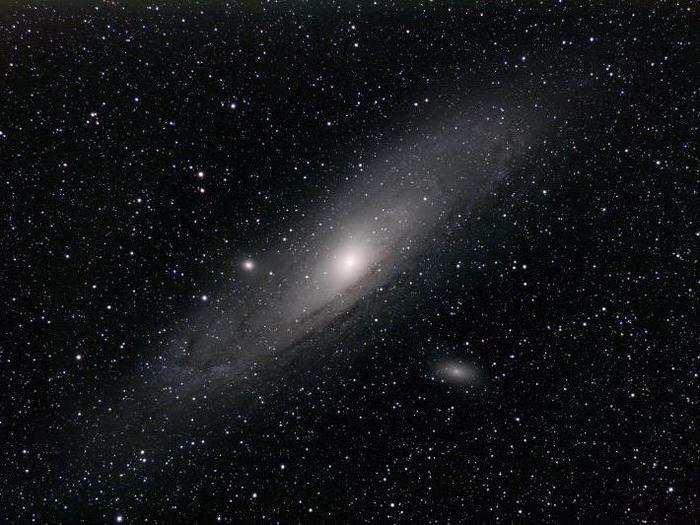
Just before Andromeda collides, Earthlings will have a gorgeous view. On the left you can see Andromeda as it approaches the Milky Way through mutual gravitational attraction:
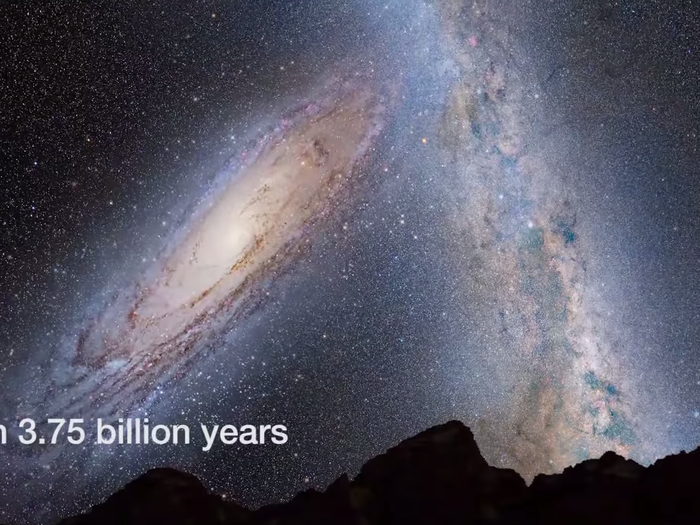
The two galaxies will make quick work of one another. Just 250 million years after the collision, the remains will be a ghostly skeleton of what was once two independent galaxies:
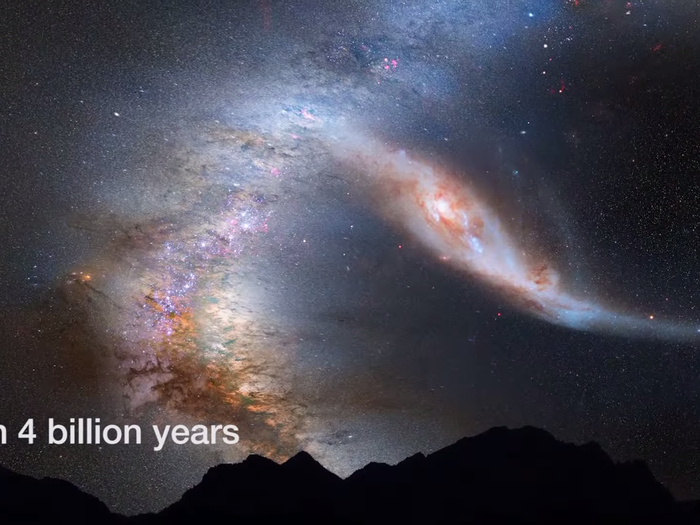
But it's not over. The battle will continue for billions of years until the central supermassive black holes at the center of each galaxy get close enough to merge. After 6 billion years of cosmic carnage, Earth's night sky will be ablaze with the elliptical galaxy's bright new core (that is if Earth still exists, which isn't likely since the sun is expected to swallow it in about 5 billion years):
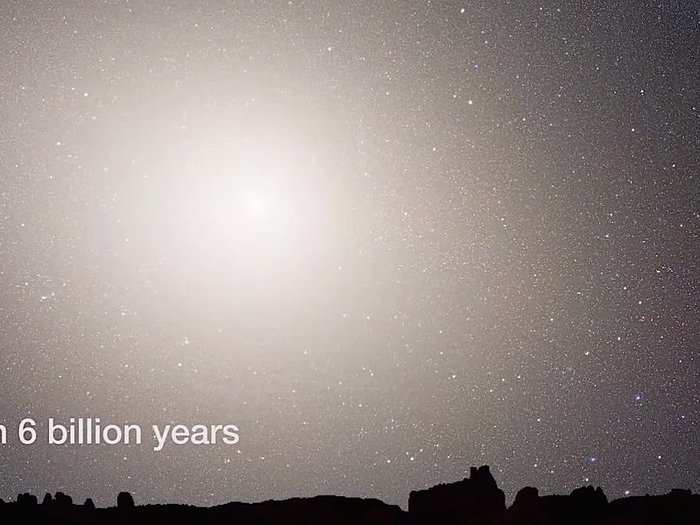
Because it takes billions of years for galaxies to fully merge, astronomers search the skies for different stages of the epic battle. Below is an example of two spiral galaxies in an early stage of merging, photographed by Hubble in 2009:

And a different set of galaxies in which one of the galaxies has been stretched and warped by the other galaxy's gravity:
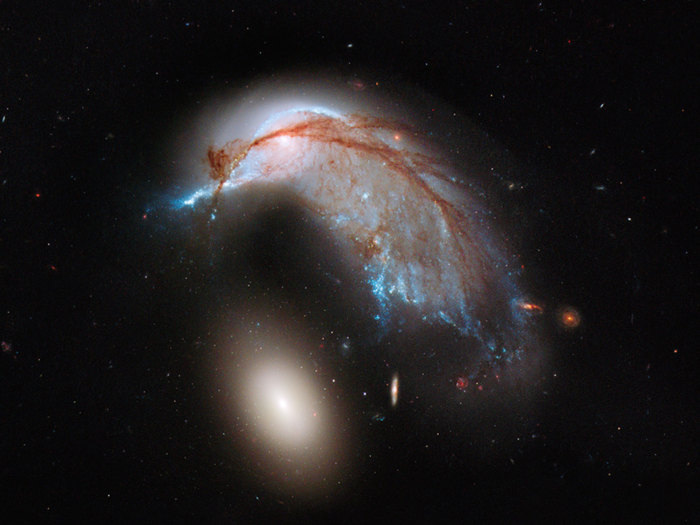
You can watch all the action unfold in the ScienceTV video on YouTube below:

Popular Right Now
Advertisement